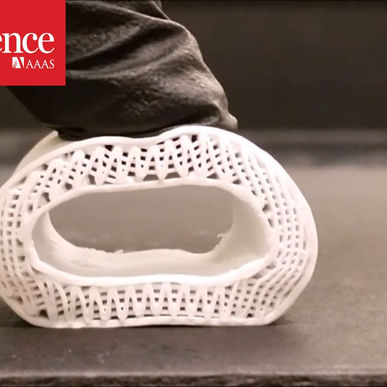Creating Medical Opportunities
BACK TO REVIEWING 3D-PRINTING RESEARCH

There are numerous benefits regarding medical applications of 3D printing.
Commercially available 3D printed medical devices include:
-
Instrumentation (e.g., guides to assist with proper surgical placement of a device),
-
Implants (e.g., cranial plates or hip joints), and
-
External prostheses (e.g., hands).
Benefits include:
SAVINGS
One promising area is personalized manufacturing that uses nonbioreactive materials configured for use in biocompatible matrices that do not affect the living tissues.
Perhaps the most innovative area of medical research is bioprinting: creating living tissues and organs from carefully layered cells that are allowed to grow into the desired form. Bioprinted structures, however, could be made from an individual's own cells, eliminating issues of availability and rejection.
Researchers are developing techniques for organ replacement that incorporate 3D printing. Surgeons would make small orthoscopic-type incisions to remove the failed organ and construct the new organ within the patient's body to reduce secondary injury from the surgery, which would reduce surgical risk and speed recovery. Researchers around the world are racing to be first to patent a 3D-printed heart and other achievements.











